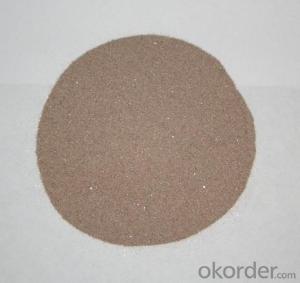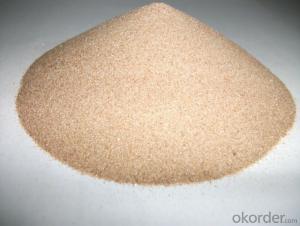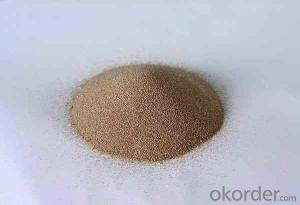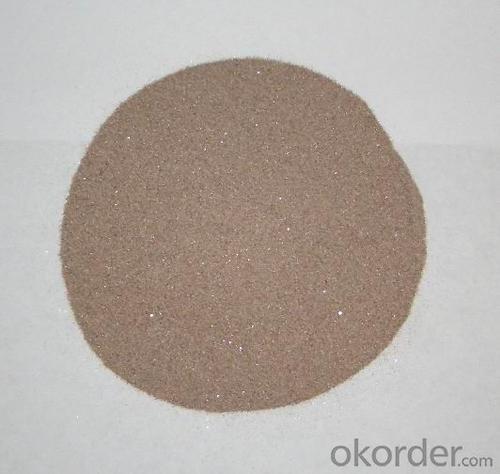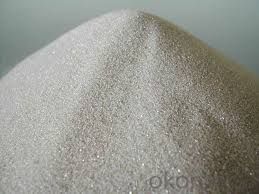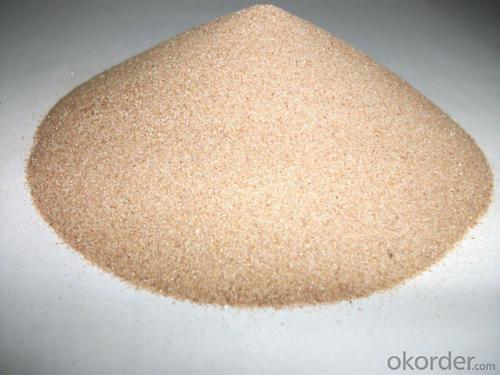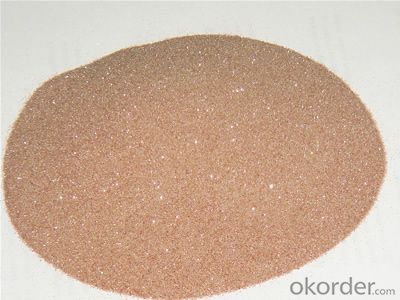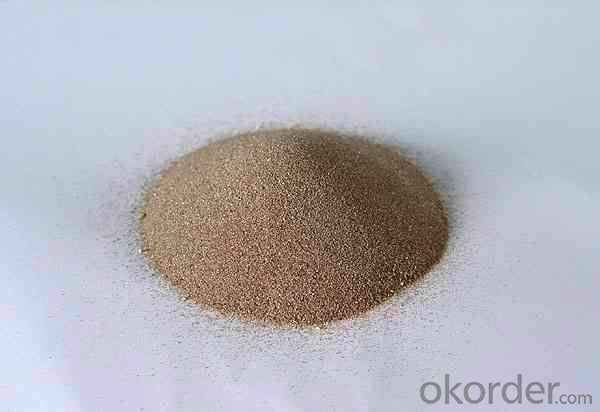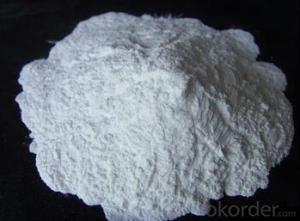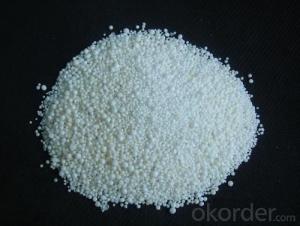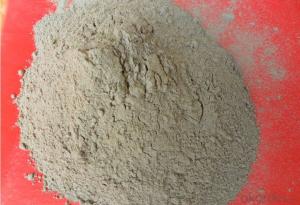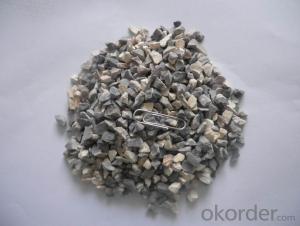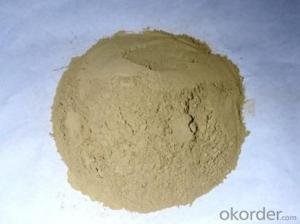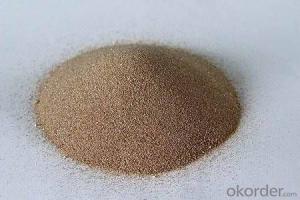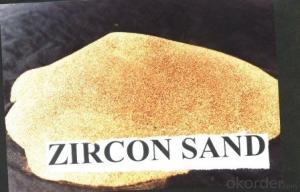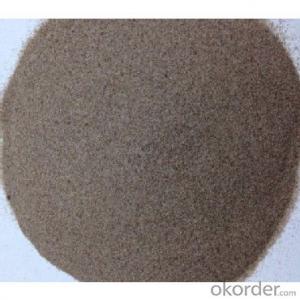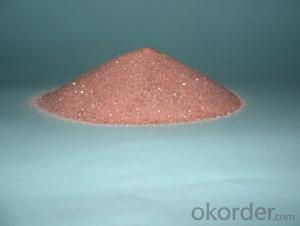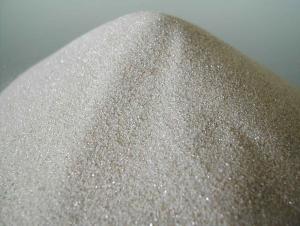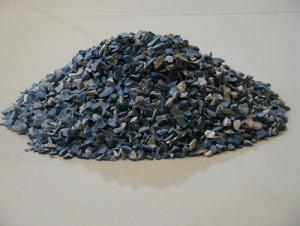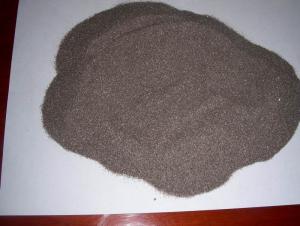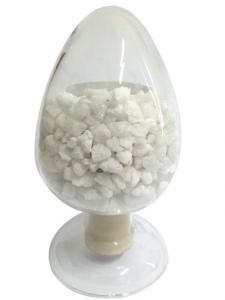Raw Materials for Refractory:High-Quality Zircon Sand and Zircon Powder 66% Refractory Material
- Loading Port:
- Tianjin
- Payment Terms:
- TT OR LC
- Min Order Qty:
- 25 m.t.
- Supply Capability:
- 3000 m.t./month
OKorder Service Pledge
OKorder Financial Service
You Might Also Like
Refractory Material/ Zircon Sand and Zircon Powder Good Quality 66%
1.Structure of Zircon Sand and Zircon Powder
We are offer zircon sand With Below Mention Descriptions: ZrO2 65 - 67 %. We are offer zircon sand With Below Mention Descriptions: ZrO2 65 - 67 %. Zircon is a remarkable mineral, if only for its almost ubiquitous presence in the crust of Earth. It occurs in igneous rocks as primary crystallization products, in metamorphic rocks and in sedimentary rocks as detrital grains.
Further, the mineral due to hardness, durability and chemical inertness, zircon persists in sedimentary deposits and is a common constituent of most sands.
2.Main Features of Zircon Sand and Zircon Powder
1. Zircon sand
2. Color: Colorless transparent crystal
3. Capacity: 500mt/month
4. MF: Zr2SiO4
3.Main usage of Zircon Sand and Zircon Powder
The zircon sand is mainly used for fireproof materials (commonly called zirconium fireproof materials such as corundum bricks and zirconium fireproof fiber), sand for casting mould in casting industry (precision casting sand) and fine enamelware. In addition, the zircon sand is also used in the production of glass, metal (zirconium sponge) and zirconium compounds (zirconium dioxide, zirconium oxychloride, sodium zirconate, zirconium potassium fluoride, zirconium sulfate, etc.).
4. Zircon Sand and Zircon Powder Images

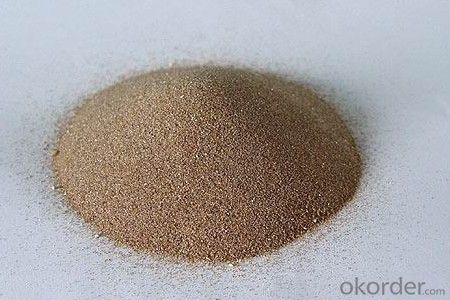
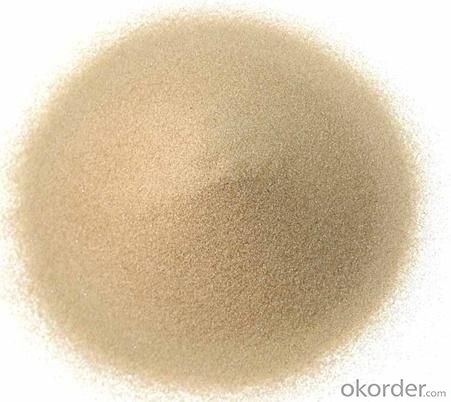
5. Zircon Sand and Zircon Powder Specification
Item | SY8 | SY6 |
Zr Content (ZrO2) | ≥66% | ≥65.5% |
Fe Content (Fe2O3) | ≤0.08% | ≤0.12% |
Ti Content (TiO2) | ≤0.10% | ≤0.10% |
6.FAQ of Zircon Sand and Zircon Powder
1). Q: Are you a factory or trading company?
A: We are a factory.
2). Q: Where is your factory located? How can I visit there?
A: Our factory is located in China. You are warmly welcomed to visit us!
3). Q: How can I get some samples?
A: Please contact me for samples
- Q: what kind of refractories is used to make the industrial silicon furnace mouth long life?
- Fused zirconia corundum brick, the smelter of the glassworks is used this kind of lining, and you can contact by private letter.
- Q: Which manufacturers have the best fire-proof materials with light weight?
- It now appears that asbestos is the best among the most common fireproof materials. But asbestos also has great harm, especially to lung. Shanghai Xinlong Fireproofing Material Co., Ltd. and Hubei Boyue Lightweight Material Co., Ltd. were established in 2009. The company is located in Wuhan Biological New Town and covers an area of ??30 acres. The company is a specialized enterprise which is mainly engaged in the research and development, production, sale and construction of lightweight partition board, lightweight fireproof wall panel and lightweight wall panel. The two companies are both good.
- Q: What's the texture of refractory for the hearth of reverberatory?furnace? ?
- The long-term usage temperature of ceramic fiber is between 950-1260 degrees.
- Q: Is fireclay poisonous?
- Refractory materials are typically oxides, alumina, magnesium oxide and aluminate cement and etc, which are non-toxic.
- Q: Development trend of refractories
- Facing the survival and development of refractory industry challenges in many aspects, serious: 1, the user industry due to the progress of science and Technology (such as iron, iron and steel industry in the direct reduction furnace, to reduce casting, slag splashing etc.), reduce refractory material consumption; 2, refractory material environmental protection and ecological requirements; 3, users of the product quality and cost requirements; 4, users risk transfer, refractory material, the design requirements of the liner construction, maintenance services, and even provide construction equipment; 5, between refractory enterprises and personnel dispute price; 6, due to the industry downturn in some countries, the decline in refractory material and the lack of education, lack of young professionals; 7, resource depletion and other raw materials.
- Q: Which industry does refractory belong to?
- It belongs to decoration industry.
- Q: Who knows the fire rating of fire?partition with steel stud?
- Partition system made by fire?partition with steel stud and high-quality keel has good fireproofing performance and is non-combustible sheet. Flame burn duration is zero. It does not burn at 800℃, and it is without flame at 1200℃. Its fire resistance rating reaches GB8624-A standard through test, which reaches the highest fireproofing and non-combustible level grade A1. 10MM fire endurance can reach up to 4 hours fire resistance maximum limit. It can absorb a lot of heat during the process of burning and delay the rise of temperature in surrounding environment.
- Q: How many fire endurance grades are the AAA fire resisting shutter divided?
- The fire shutter is divided into A / B / C classes. The refractory limits are not less than 1.2 /0.9 /0.6 hours. References to "general technical specification for steel fire resistance rolling shutter door GB 14102-93". 4.3 4.3.1 Classification according to fire resistance time. The common steel fire resisting shutter(see Table 3) The categories of the codes of the refractory time hF1 1.5F2 2.04.3.2 composite steel fire shutter composite steel fire shutter(see Table 4). Table 4 and Category Code refractory time hF3 2.5F4 3.04.4 refractory press time, smoke performance classification 4.4.1 ordinary steel fire anti-cigarette curtain (see Table 5) Table 5 and category code leak smoke refractory time h (20Pa pressure) FY1 1.5 ≤0.2m3 / m minFY2 2.0 ≤0.2m3 / m min4.4.2 composite steel fire anti-cigarette curtain (see table 6) table 6 and category code leak smoke refractory time h (20Pa pressure) FY3 2.5 ≤0.2m3 / m minFY4 3.0 ≤0.2m3 / m min excerpt complete fire shutter when the fire district for fire resistance of 3 hours, the opening portion on the firewall setting fire shutter fire resistance of 1.2 hours. **** Fire resistance of 3.0 hours called premium (fire back surface). "Construction Regulation" is mentioned in setting up a firewall and used as the separation of the fire resisting shutter and the fire?compartments. When taking the fire back surface temperature rise as the fire resistance standard of the fire resisting shutter, the fire endurance should not be less than 3.00h; When taking the fire back surface temperature rise as the fire resistance standard of the fire resisting shutter, the two sides of the roll should have protection of ?closed automatic water spray system, and the duration of water spray system should not less than 3.00h. In summary: The fire resisting shutter can be divided into: Grade, A, B and C looking to adopt
- Q: What refractory materials are used in power plant
- Vacuum mud machine, sintering furnace! And then I will introduce some application of thermal material in power plant (below) I hope I can help you. Energy saving is the trend of future industrial development efforts, grinding machine, conveyor belt, so the production of light thermal insulation materials will gain state support, drying kiln. Our factory mainly produce light thermal insulation brick. The refractory material we use most is light insulation brick, and the equipment used is sand mixer (Luohe, Henan)
- Q: What's the fire endurance of A grade fireproof glass curtain wall?
- According to the latest requirement, fire door has three types of FMA, FMB and FMC, of which A, B, C refer to the class. Take FMA as an example, it refers to A class fire door (namely thermal insulation fire door). The fire endurance of these three types all can be 0.5h, 1.0h, 1.5h, 2.0h or 3.0h, and the specific fire resistance time needs to be determined by the design. Generally the design drawing will make clear of it. As to A class fire door, its fire endurance is 1.5h.
Send your message to us
Raw Materials for Refractory:High-Quality Zircon Sand and Zircon Powder 66% Refractory Material
- Loading Port:
- Tianjin
- Payment Terms:
- TT OR LC
- Min Order Qty:
- 25 m.t.
- Supply Capability:
- 3000 m.t./month
OKorder Service Pledge
OKorder Financial Service
Similar products
Hot products
Hot Searches
Related keywords
